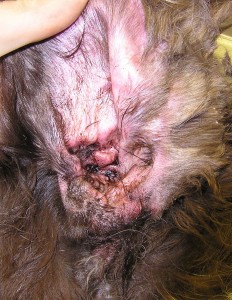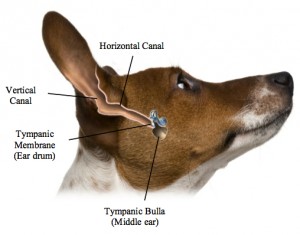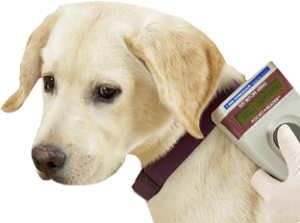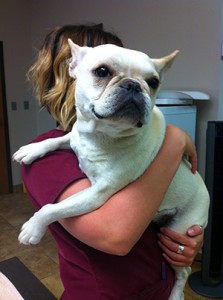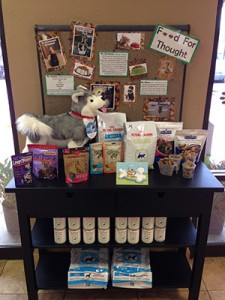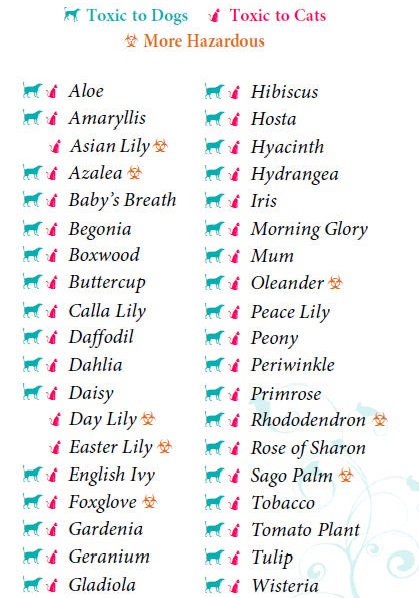1. Transition Time
About a week before the kids return to school, begin getting your dog used to their absence. This is best accomplished by leaving your dog home for short trips. Ideally, leave them inside early in the morning to simulate school time. You only need to leave them for thirty minutes or so. The idea is to get them accustomed to the fact that long, lazy summer mornings are coming to an end. Also, start getting out the lunchboxes and other items your dog associates with leaving for school in the morning. The idea is to de-sensitize them to any anxiety-producing cues prior to school starting. Do this several times a day and your dog’s nervousness will begin to diminish.
2. Break Out the Crate
For indoor dogs that will be spending several hours alone, a dog crate may be your best bet. A crate is not a punishment device; it is a play pen. Placing your dog in a crate should be thought of as putting a toddler in a play pen or crib. The purpose is to prevent your dog from getting into accidents and injuring himself. In addition, the security of having one’s own space is comforting to many dogs. Be sure to leave food or a treat, fresh water, a blanket and favorite toy. Try to come home at lunch to take your dog out for a break. The ideal crate size should be just big enough for them to comfortably stand up, turn around and stretch out. Rotate the toys you leave and use those that you can stuff with vegetables or dog food to keep your dog engaged while you’re away. In many areas doggie daycare is an excellent alternative to “home alone” which we here at Cornerstone Animal Clinic provide for both large & small dogs, old & young….we can find the best daycare time for your furry family member. Contact us for more information on our Doggie DayCare!
3. Turn on Some Tunes
Whenever your dog is left alone, the sound of human voices or music can be soothing. I recommend leaving slow (50 to 60 beats per minute) and soothing music playing whenever your pet is left alone.
4. Pass on the Piddle Pads
Many people think that if they leave their dog indoors, they should leave out a piddle pad. I don’t recommend putting down newspaper, training pads or other substances for your dog to urinate on except in very special situations. While you may think you’re telling your dog to urinate on a piddle pad in an emergency, your dog interprets this as it’s okay to tinkle on your tile. The goal with house-training is that your dog doesn’t go to the bathroom in the house–period. This is another excellent reason for using a dog crate.
5. Avoid Anxiety
Changes in routine can also lead to anxiety in many dogs. Some dogs will experience separation anxiety or become frightened by loud noises or sudden thunderstorms. In addition to great pharmacologic treatments to help relax your pet during these stressful times, there are non-prescription remedies that may help. Rescue Remedy, valerian, melatonin, SAM-e, fish oil, dog-appeasing pheromone (DAP) and other natural products may also help some dogs and cats. Gradual desensitization using storm recordings work remarkably well for most pets. One of the most overlooked treatments is to increase the amount of exercise your dog receives. Several studies have shown increasing aerobic activity to as little as 30 minutes a day reduces the signs of separation anxiety in dogs.
Enriching the environment with a constantly rotating selection of interesting and interactive toys is also helpful in making your dog feel at home when he’s alone.
Speak with a veterinarian here at Cornerstone Animal Clinic about how to calm your best buddy with an anxiety problem. There’s no reason anyone should have to cower in a closet or destroy the furniture to get relief.
6. Quality Time Counts Most
With school back in session, your dog may not get as much time playing with your family as during the care-free days of summer. If this is the case at your house, be sure to make the most of the time you have with your pet. Long walks at the park, lounging around on the couch, whatever it takes to re-connect at the end of a busy week. Remember that even though your dog wasn’t at work or school all day, he still needs time to unwind. As the days grow shorter, be sure to find time to walk your dog daily and enjoy this unique relationship.



